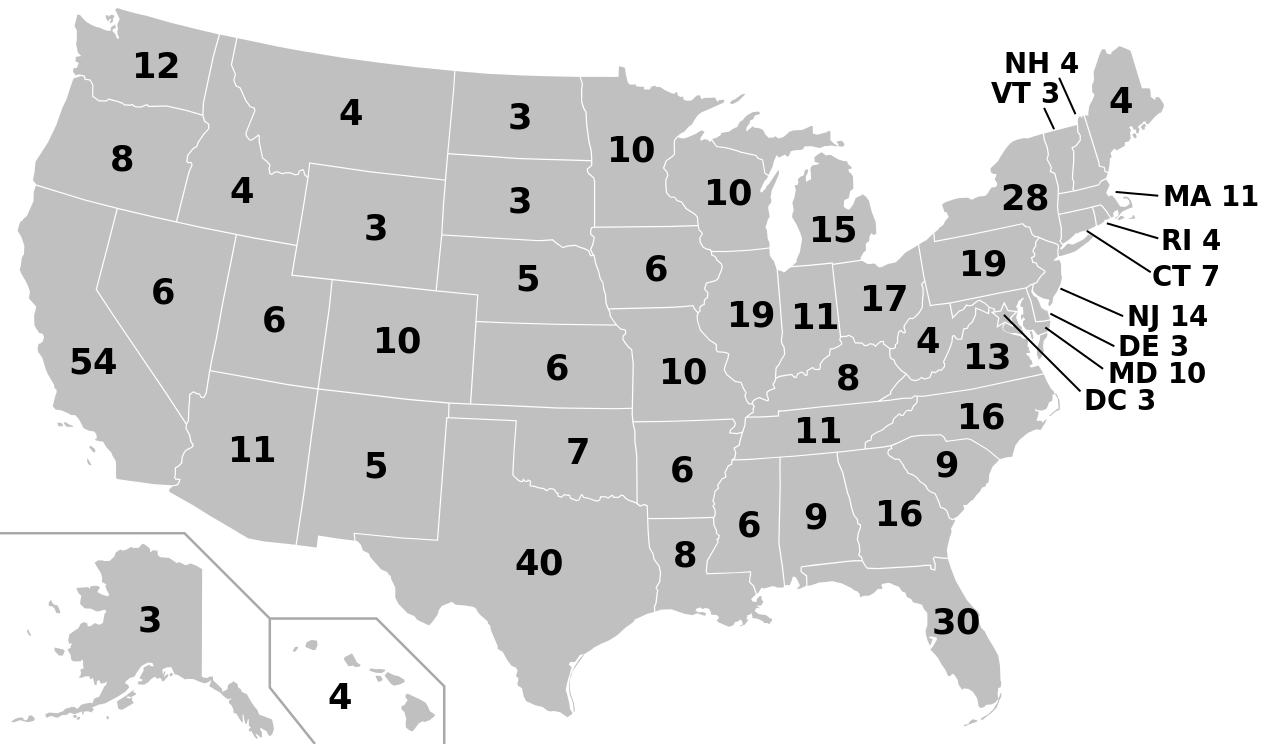According to recent data from the government, the production of crude oil in the United States reached a new all-time high of 13.2 million barrels per day last week. This surpasses the previous record achieved in 2020, prior to the worldwide oil demand decline caused by the coronavirus pandemic.
The world’s leading oil producer has experienced a gradual recovery in the past three years. During this period, companies opted to utilize their record profits for dividend payments and share buybacks, rather than focusing on intensive drilling and production expansion.
The extension of voluntary supply cuts by Saudi Arabia and Russia, along with the ongoing efforts of OPEC+, has resulted in a decrease in U.S. oil production. These measures will continue until the end of the year, aiming to stabilize global oil markets.
U.S. oil production experienced a 300,000 barrels per day (bpd) increase, reaching 13.2 million bpd during the week ending on October 6th. This surge represents the highest weekly production since March 2020, when oil output stood at 13.1 million bpd.
Analysts, anticipate that the production of crude oil in the United States will continue to be at a high level, attributing the supply reduction efforts implemented by the Organization of the Petroleum Exporting Countries (OPEC) and its allied countries, specifically Russia, collectively known as OPEC+. These efforts have successfully maintained oil prices at a level that incentivizes drilling companies to increase their extraction activities. An analyst at OANDA, said that the implementation of OPEC+ production reductions is set to prolong, which will provide an impetus for U.S. producers
Oil production in certain areas of the United States has experienced a faster recovery. In June, the Permian Basin, which is the largest oilfield in the country and spans across Texas and New Mexico, achieved a historical milestone by reaching a peak output of 5.83 million barrels per day. This indicates a positive trend in the recovery of production.
According to the government’s latest monthly forecast, the United States’ annual crude oil production reached a historic peak of 12.3 million barrels per day (bpd) in 2019. It is projected to increase by 1.01 million bpd to 12.92 million bpd in 2023, and by an additional 200,000 bpd to 13.12 million bpd in 2024. This indicates a continuous upward trend in crude oil production in the coming years, as stated by the government’s forecast.
Despite the increasing output reaching new heights, there has been a decrease in the number of rigs operating in U.S. fields this year. As of October 6th, the rig count dropped to 497, marking the lowest figure since February 2022.
U.S. companies in the oil industry are increasingly maximizing their oil extraction from shale fields by utilizing extended horizontal drilling techniques and conducting multiple fracking operations simultaneously.
“Private industry is doing a very good job of extracting more oil out of the ground at the same time that the rig count has been declining”
Andrew Lipow, the president of Lipow Oil Associates.
During the year that followed the emergence of the COVID-19 pandemic, the weekly production plunged by over 3 million barrels per day, reaching a record low of 9.7 million barrels per day. This decrease in output was a response to the significant drop in demand, as producers adjusted their production levels accordingly. The sudden decline in demand and the widespread implementation of lockdown measures resulted in a rapid accumulation of inventories, leading to the unprecedented occurrence of negative crude prices. Additionally, the imposed limitations on mobility by the government significantly reduced fuel demand by up to 20%.
The recovery of the demand in the petroleum industry has been sluggish. It is anticipated that the total petroleum consumption in the United States will rise by 100,000 barrels per day (bpd) to reach 20.1 million bpd in 2023, and will further increase by 100,000 bpd to 20.2 million bpd in 2024. Prior to the pandemic, petroleum consumption had reached its peak in 2005 at 20.8 million bpd, and in 2019 it was recorded at 20.5 million bpd.
Oil producers have faced additional challenges in recent times, including increased costs due to labor shortages and rising inflation. Additionally, they have experienced pressure to prioritize profit sharing with shareholders.
Drilling operations experienced a temporary resurgence following Russia’s incursion into Ukraine, leading to a surge in U.S. oil futures prices. In March 2022, oil futures reached their highest point in over ten years, hitting $130 per barrel.
Despite the efforts of U.S. President Joe Biden to urge oil companies to boost production, drilling has once again decelerated, aligning with the energy supply implications of the ongoing conflict in Ukraine.









Leave a Reply